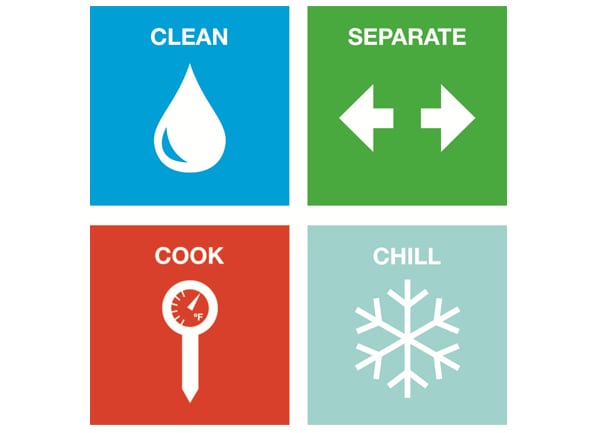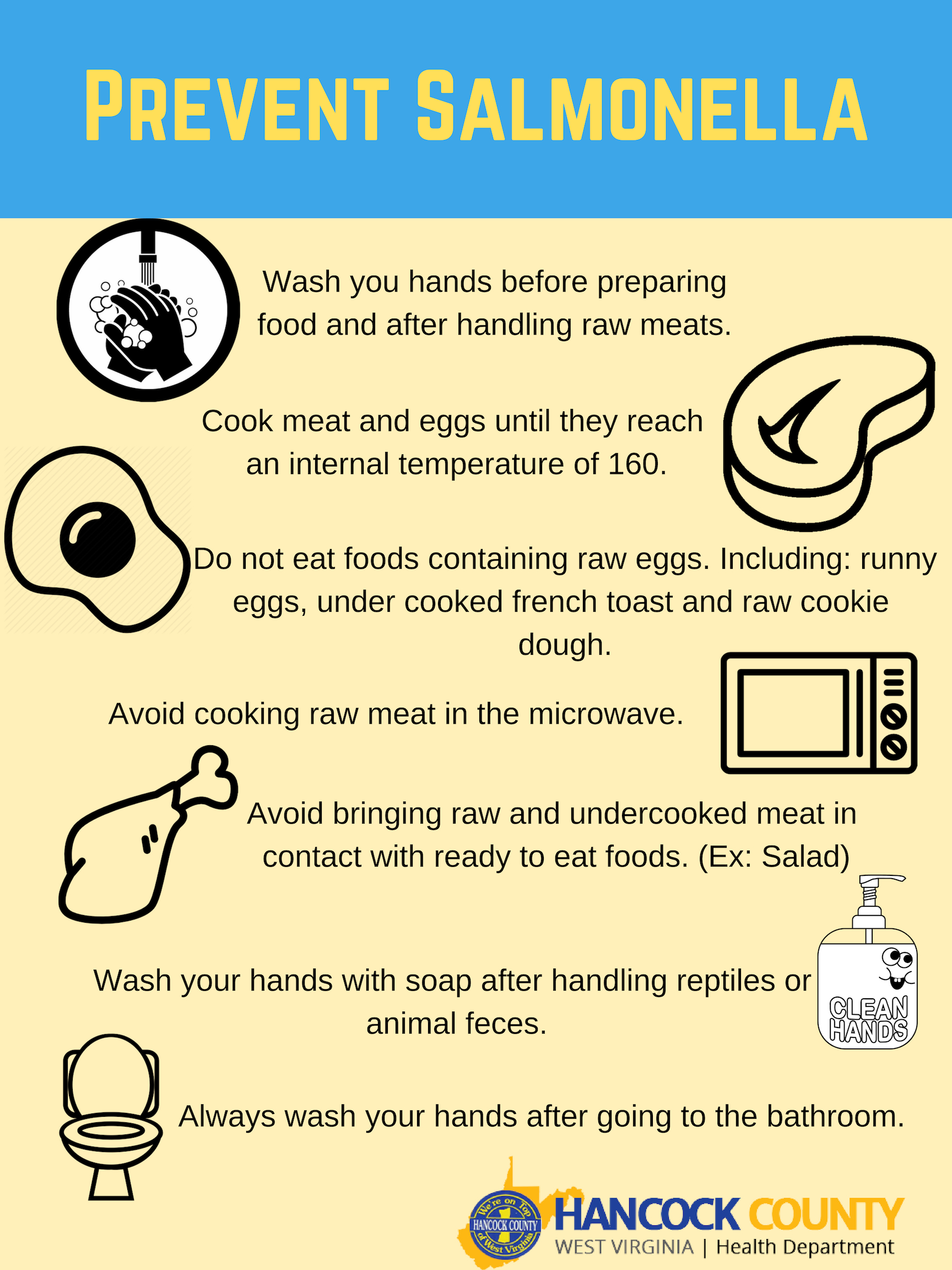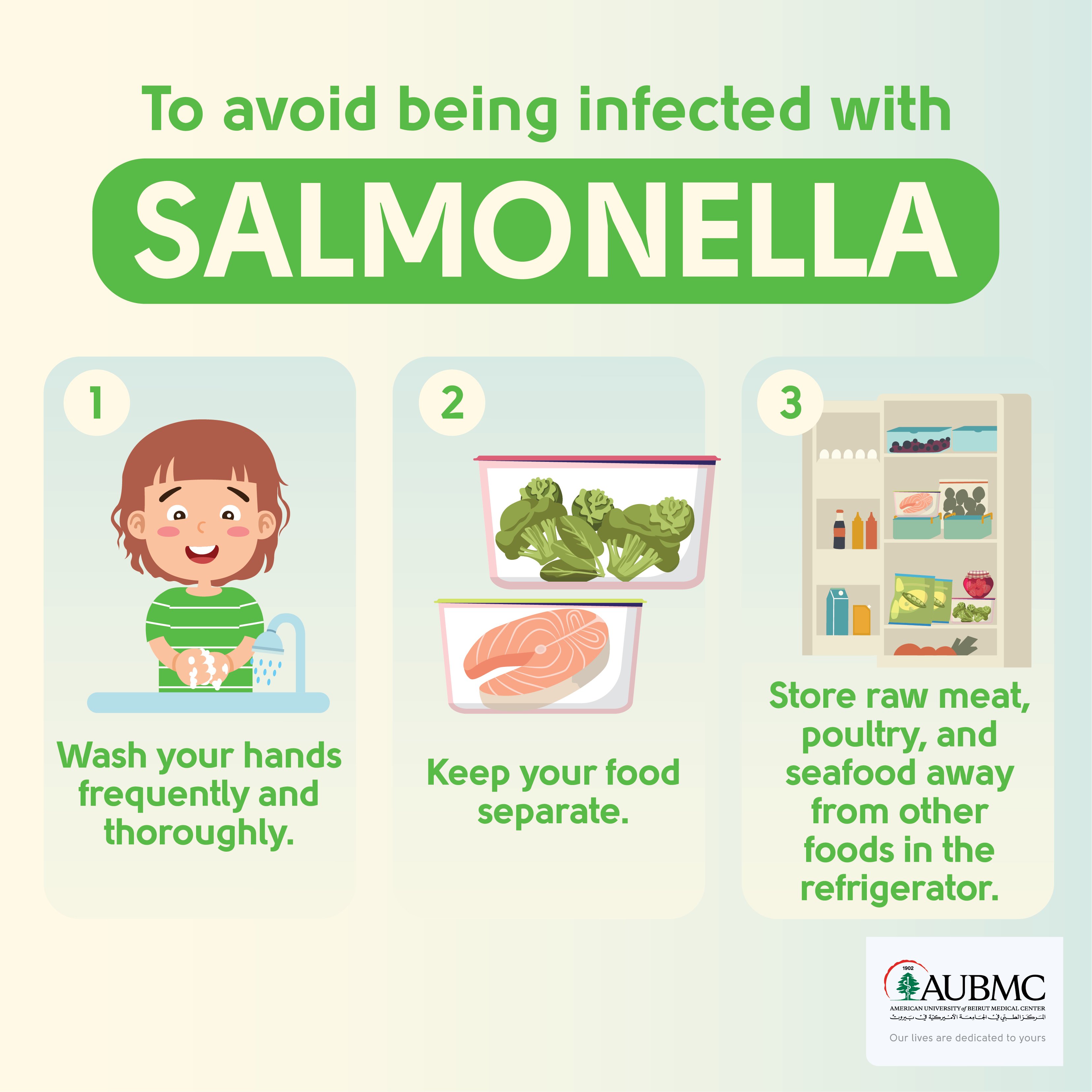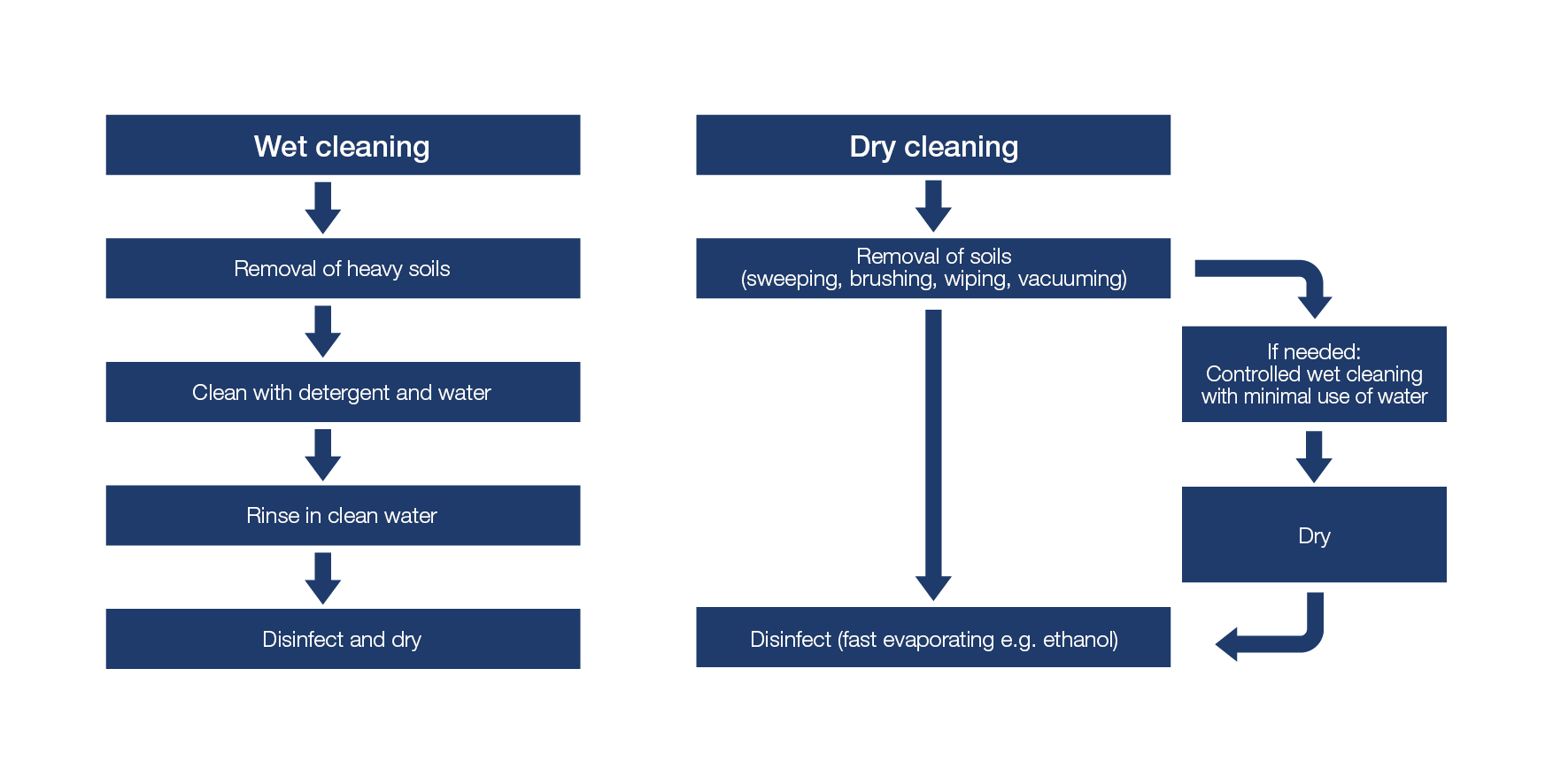Unique Info About How To Control Salmonella

The entire poultry manufacturing chain must be involved in order to effectively control salmonella.
How to control salmonella. Aggressively monitor and treat fresh and sick animals. In other words, look for a provider interested in a partnership and who will be invested in your facility. Choose the right food sanitation and intervention chemistries.
Using peracetic acid in the. Maintaining good dry matter intake using a balanced ration with adequate effective fiber should help control salmonella. Fluids that help you stay hydrated include:
Salmonella is widely distributed in poultry and in their environment. Prevent ingress or spread of salmonella in the processing facility. To control salmonella, an integrated approach is needed, combining feed, farm and health management.
Salmonella infection is diagnosed when a laboratory test detects salmonella bacteria in a person’s poop (stool), body tissue, or fluids. People who are sick with a salmonella infection should drink extra fluids as long as diarrhea lasts. Maximize animal resistance to salmonella prevent herd stresses, such as excessive heat and overcrowding.
Air temperature, air movement, relative humidity and filtering air can reduce salmonella or other microbial growth. Antibiotic treatment is recommended for: Salmonella enterica infections are very common in poultry and hatchery sectors.
People with severe illness people with a weakened. Because salmonella infection can cause dehydration, treatment focuses on replacing lost fluids and electrolytes — minerals that balance the amount of water in the body. For pathogens like salmonella it is important for them to.

/what-is-salmonella-770636-01-14bd4f0606904ad6baa8c1c2486875be.png)

:max_bytes(150000):strip_icc()/salmonella-treatment-4164292-FINAL-20f18c88ed5f43b2a8faefe47e21f71b.png)
/what-is-salmonella-770636-01-14bd4f0606904ad6baa8c1c2486875be.png)
/salmonella-causes-31-5af4921bba61770036cbf751.png)






/GettyImages-476804983-57145bae3df78c3fa23b41e0.jpg)





